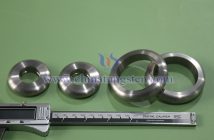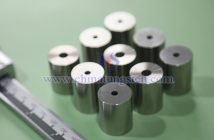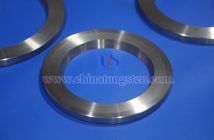The corrosion resistance of barium tungsten electrodes is the comprehensive result of influencing factors such as material properties, working environment and use conditions. Optimizing electrode composition, improving manufacturing process, controlling working environment (such as using inert gas protection or reducing working temperature) and surface modification are effective ways to improve corrosion resistance.
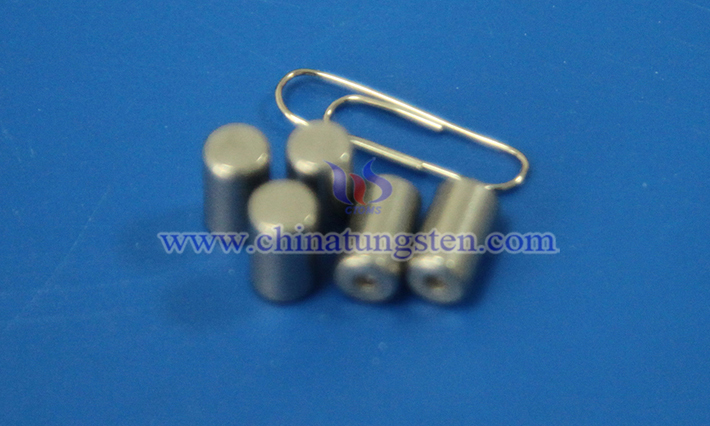
1. Material Composition and Purity
Barium Content: Barium, as an active element, affects the chemical stability of the electrode. Excessive barium content may cause the electrode surface to be more susceptible to oxidation or corrosion in high temperature or arc environment.
Tungsten Matrix Purity: The higher the purity of tungsten, the fewer grain boundary impurities, and the better the corrosion resistance. Impurities (such as carbon, oxygen, and nitrogen) may cause local corrosion.
Additives: Certain trace additives (such as rare earth elements) can improve the oxidation resistance and corrosion resistance of electrodes.
2. Working Environment
Temperature: High temperature will accelerate the oxidation reaction, especially in an oxygen-containing environment, the surface of the barium tungsten electrode may generate oxides (such as BaO or WO?), reducing corrosion resistance.
Atmosphere: The electrode corrodes less under the protection of an inert gas (such as argon), while the corrosion is aggravated in an oxygen, water vapor or plasma environment.
Arc Characteristics: The intensity and frequency of the arc will affect the thermal shock and chemical erosion of the electrode surface, and high-energy arcs may accelerate electrode loss.
3. Surface State and Microstructure
Surface Finish: Electrodes with rough surfaces are more likely to adsorb corrosive substances and accelerate corrosion. Smooth surfaces can reduce corrosion points.
Grain Size: Fine grain structures usually have better corrosion resistance because there are fewer grain boundaries, which reduces the starting point of corrosion.
Coating or Modification: Surface coating (such as anti-oxidation coating) or doping modification can significantly improve corrosion resistance.
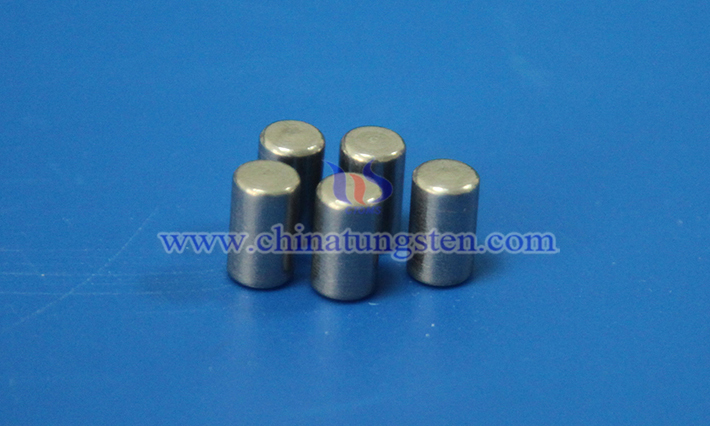
4. Manufacturing Process
Sintering Process: Sintering temperature, time and atmosphere affect the density and microstructure of the electrode. Dense electrodes are more corrosion resistant.
Heat Treatment: Proper heat treatment can eliminate internal stress and reduce microcracks, thereby improving corrosion resistance.
5. Conditions of Use
Current Type and Size: Direct current (DC) or alternating current (AC) and the current intensity affect the heat load and corrosion rate of the electrode. Excessive current may cause the electrode to overheat and accelerate corrosion.
Cooling Method: Effective cooling (such as water cooling) can reduce the operating temperature of the electrode and slow down the corrosion process.
6. External Chemicals
Chemicals that the electrode may meet (such as acidic gases, molten metals or electrolytes) will directly affect the corrosion rate. Some substances may react chemically with barium or tungsten to form corrosion products.

